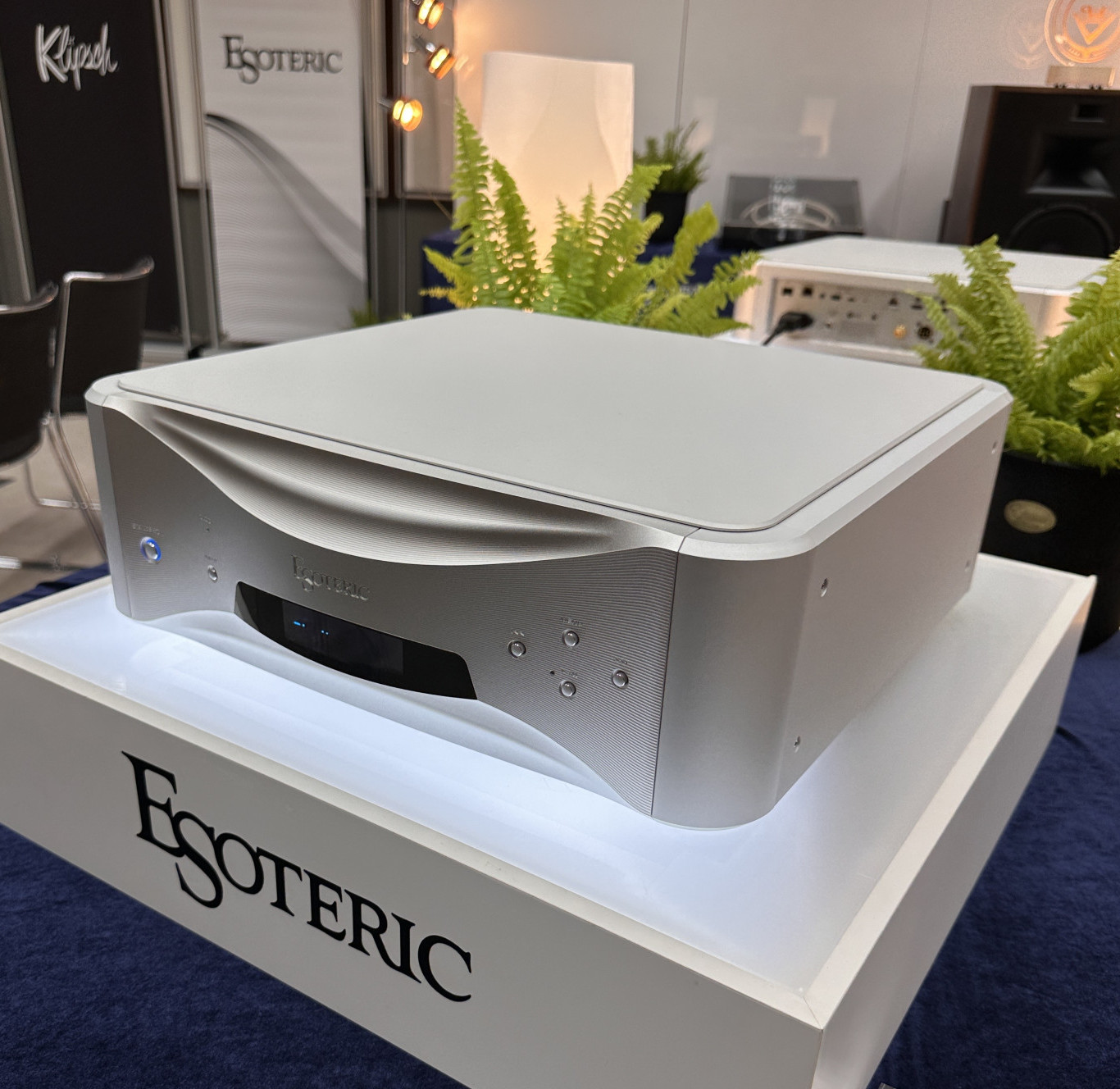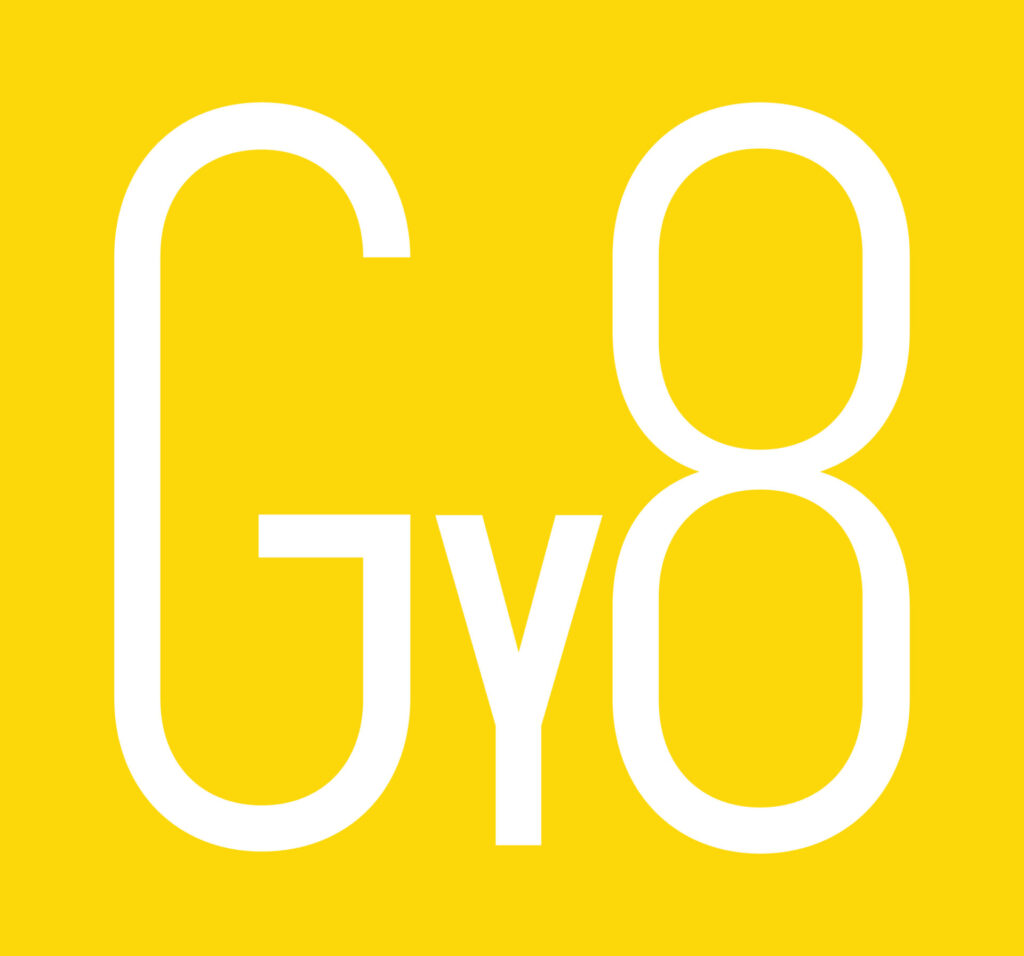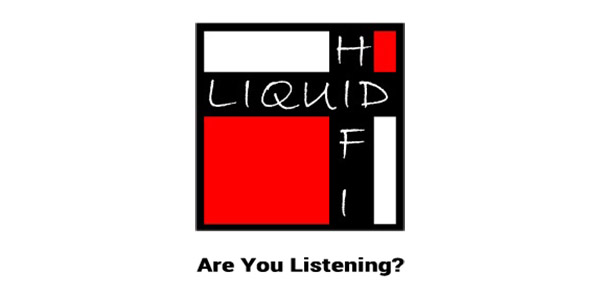Let’s also face a broader trend: CD and vinyl sales are dropping again. Reports say that global sales of physical media are down 14% year-on-year, with CD sales accounting for 12% of that decline. Whether manufacturers like it or not, as far as the mainstream market is concerned, the path forward lies in streaming—and there’s no turning back. The question facing the audio industry is how to adapt to that evolving reality. If the Tokyo Show is anything to go by, the general answer seems to be incorporating streaming into the existing high-end offer…
Esoteric Place Their Flagship Streamer Center Stage
Given my current role, forgive me if I use Esoteric as an example, perhaps a particularly apposite example, given that the brand is practically synonymous with high-end CD/SACD players. Yet despite that, in recent years, like many other digital manufacturers, they’ve shifted their focus toward network audio, and with some success. Their N-05XD streamer/DAC got a lot of positive feedback. In that case, the big story was the launch of their in-house developed Master Sound Discrete DAC—a system that doesn’t rely on traditional chips like AKM. Instead, it’s a custom-built solution that represents a serious investment in engineering.

Two years later, it’s no surprise that the second-generation version of that DAC made its debut in their new flagship network player: the Grandioso N1. That product carries all of Esoteric’s signature traits—fully discrete circuitry, no off-the-shelf DAC chips, carefully selected components, separate power supplies, and low-noise circuit design. On the streaming side, it supports a wide range of formats, including DSD, PCM, and MQA. It’s also compatible with major platforms like TIDAL, Qobuz, and Roon Ready, and controlled via the Esoteric Sound Stream app, which is pretty intuitive.
Network Engine G4: A Leap Forward in Digital Audio Architecture
One of the most interesting features is the use of Network Engine G4, Esoteric’s fourth-generation network module. The unit has two ports—one standard RJ45 Ethernet, and the other an SFP optical port. Use the optical input and you get the benefits of galvanic isolation (greater stability and reduced noise) without having to incorporate a separate send/receive optical bridge.

Like other high-end solutions from the likes of CH Precision, the N1 can also be paired with Esoteric’s PS1 power supply and the G1X 10MHz master clock, creating both an upgrade path and a three-box, flagship-grade setup. This kind of same-brand synergy is becoming increasingly valued in high-end audio. I can’t speak for everyone, but among Asian audiophiles, using an external 10MHz clock is quite common, yet most brands don’t offer these products at all. While Esoteric has long been an exception to that rule, the launch of the Grandioso N1 and the options it offers illustrate both the keen eye they have on the market and their strategic thinking.
Market Talk: Insights from Across Asia and Europe
But as impressive as a product like the N1 certainly is, does it really provide an answer to the challenges facing the industry? It’s ironic that the exhibition was full of top-tier streaming players, but younger visitors were noticeably absent. I have no issue with older users embracing new technology, but let’s be honest—services like TIDAL, Qobuz, or Roon are not only culturally alien to a customer base so familiar with physical media and the idea or concept of ‘collecting’, much of their functionality is alien too, targeted on a younger audience that consume their music and other media in a completely different way.


